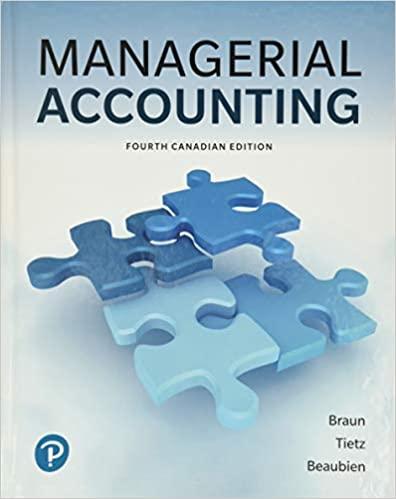Answered step by step
Verified Expert Solution
Question
1 Approved Answer
For each individual ratio for each company, Your comments for each ratio should include more than just a definition or increase or decrease of the
- For each individual ratio for each company, Your comments for each ratio should include more than just a definition or increase or decrease of the ratio. You should focus on interpreting each ratio numberfor the company and support your comments.
- Use the ratio results by category to form and support conclusion by Liquidity, Solvency and Profitability. Then use to complete the Overall Conclusion as to the financial results of the company (ratios described in the chapters covered and summarized in Chapter 14 of your textbook). Conclude by stating whether the company is the better employment /investment opportunity and why.
| Stargel Inc. | |||||||
| Comparative Balance Sheet | |||||||
| December 31, 20Y2 and 20Y1 | |||||||
| 20Y2 | 20Y1 | ||||||
| Assets | |||||||
| Current assets: | |||||||
| Cash | $500,000 | $400,000 | |||||
| Marketable securities | 1,010,000 | 1,000,000 | |||||
| Accounts receivable (net) | 740,000 | 510,000 | |||||
| Inventories | 1,190,000 | 950,000 | |||||
| Prepaid expenses | 250,000 | 229,000 | |||||
| Total current assets | $3,690,000 | $3,089,000 | |||||
| Long-term investments | 2,350,000 | 2,300,000 | |||||
| Property, plant, and equipment (net) | 3,740,000 | 3,366,000 | |||||
| Total assets | $9,780,000 | $8,755,000 | |||||
| Liabilities | |||||||
| Current liabilities | $900,000 | $880,000 | |||||
| Long-term liabilities: | |||||||
| Mortgage note payable, 10% | $200,000 | $0 | |||||
| Bonds payable, 10% | 1,500,000 | 1,500,000 | |||||
| Total long-term liabilities | $1,700,000 | $1,500,000 | |||||
| Total liabilities | $2,600,000 | $2,380,000 | |||||
| Stockholders' Equity | |||||||
| Preferred $0.90 stock, $10 par | $500,000 | $500,000 | |||||
| Common stock, $5 par | 500,000 | 500,000 | |||||
| Retained earnings | 6,180,000 | 5,375,000 | |||||
| Total stockholders' equity | $7,180,000 | $6,375,000 | |||||
| Total liabilities and stockholders' equity | $9,780,000 | $8,755,000 | |||||
Required:
Determine the following measures for 20Y2, rounding to one decimal place, except dollar amounts which should be rounded to the nearest cent. Use the rounded answer of the requirement for subsequent requirement, if required. Assume 365 days a year.
| 1. Working capital | $2,790,000 | |
| 2. Current ratio | 4.1 | |
| 3. Quick ratio | 2.5 | |
| 4. Accounts receivable turnover | 16 | |
| 5. Number of days' sales in receivables | 22.8 | days |
| 6. Inventory turnover | 5 | |
| 7. Number of days' sales in inventory | 73 | days |
| 8. Ratio of fixed assets to long-term liabilities | 2.2 | |
| 9. Ratio of liabilities to stockholders' equity | 0.4 | |
| 10. Times interest earned | 7.6 | |
| 11. Asset turnover | 1.1 | |
| 12. Return on total assets | 11.50 | % |
| 13. Return on stockholders equity | 13.30 | % |
| 14. Return on common stockholders equity | 13.60 | % |
| 15. Earnings per share on common stock | $8.55 | |
| 16. Price-earnings ratio | 14 | |
| 17. Dividends per share of common stock | $0.50 | |
| 18. Dividend yield | 0.40 | % |
Step by Step Solution
There are 3 Steps involved in it
Step: 1

Get Instant Access to Expert-Tailored Solutions
See step-by-step solutions with expert insights and AI powered tools for academic success
Step: 2

Step: 3

Ace Your Homework with AI
Get the answers you need in no time with our AI-driven, step-by-step assistance
Get Started


